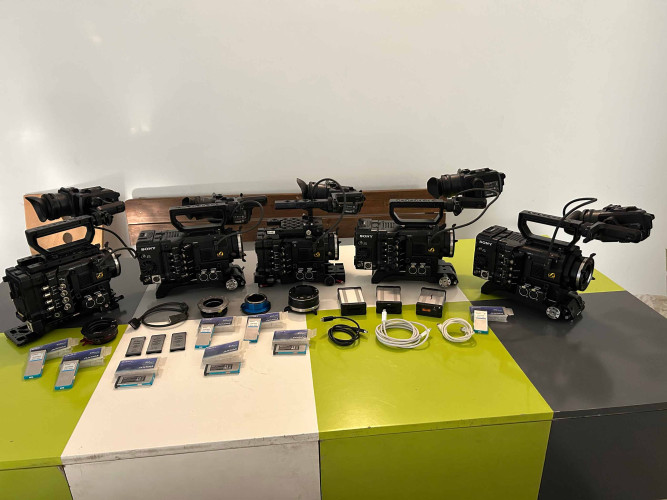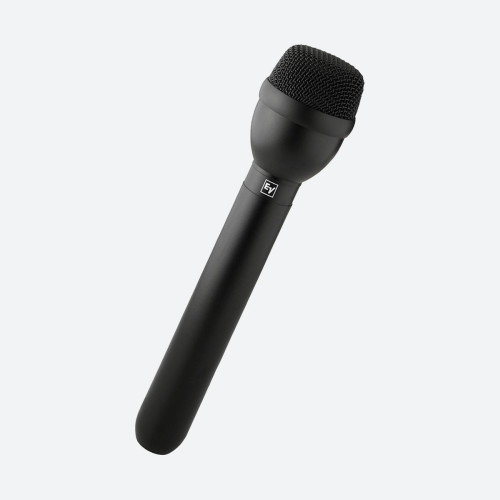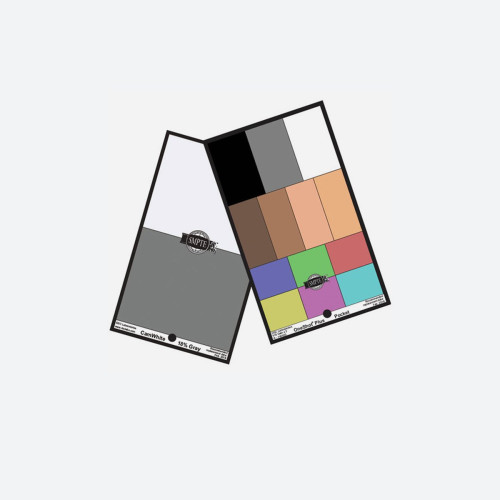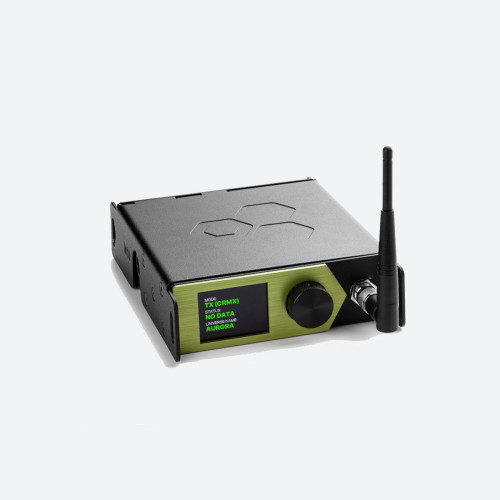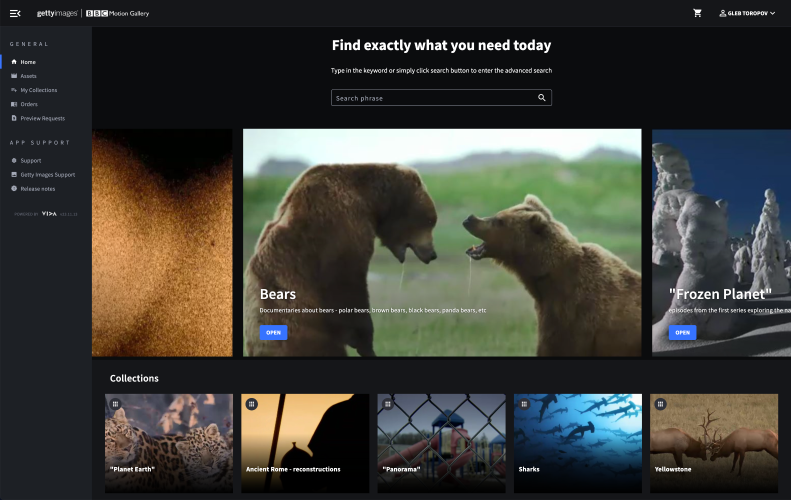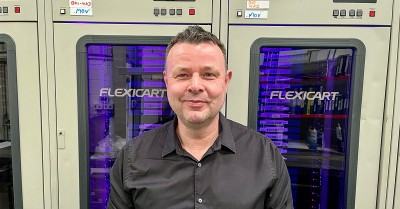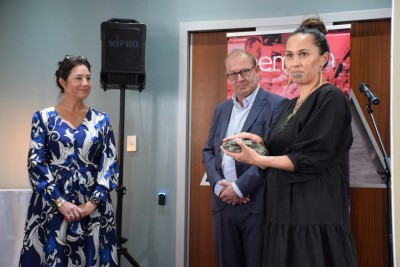by S Merrill Weiss Issue 85 - January 2014 The proprietary nature of archive storage long has made it challenging for content producers and owners to exchange archive files and media between systems. Thus, when faced with the need either to migrate archives to new generations of storage technology or to consolidate archives, media companies have been forced to undertake exacting and costly custom software development to facilitate the transfer of archives between systems and media types or generations.
To minimize the costs, avoid the danger of archives being orphaned upon the end of support for the systems that created them, and to enable transfers of archives between systems with only a single software structure being required, the Archive eXchange Format (AXF) was created as a common format that enables interchange of media and interoperability among content storage systems. AXF ensures the long-term availability and utility of digital content as both storage and file system technologies evolve. AXF offers a mechanism by which users can store an unlimited number and variety of files within a single wrapper. Independent of any particular archive system, the resulting AXF Object can be stored on any kind of medium and migrated easily from one media type or generation to another. Because AXF Objects are both self-contained and self-describing, assets are formatted in a way that makes them readily retrievable over time.
AXF includes a well-defined metadata storage structure that supports a uniform approach to integration of archive systems with other key systems such as automation, editing, color correction, and traffic systems. Serving as a lingua franca between systems, none of which need to have AXF as a native format, AXF gives media organizations a much faster and less-expensive way to establish interoperability and to realize their ability to interchange archived files.
All of these valuable capabilities are part of the Society of Motion Picture and Television Engineers (SMPTE) AXF standard, ST 2034-1, Part 1 of a suite of documents defining and describing AXF. Now in the final stages of adoption, this standard represents a tremendous step forward in establishing a universal storage format, abstracted from the applications that create Archive Objects and the hardware and software platforms that support the applications. Already, a number of well-established media organizations are implementing AXF within their operations. Any type of content may be included in an AXF Object, which may be stored on any kind of medium or in the cloud. This gives media organizations enormous flexibility now and in the future. In the realm of professional content creation, to consider one example, an AXF Object might include a million frames of Digital Picture eXchange (DPX) content, a Material eXchange Format (MXF) file including edited image and audio content, an Excel spreadsheet including the project budget, a Word document including the script, an Access database with information on locations and props, and even executable files that serve as second-screen apps running on tablets alongside the content or functioning as games promoting the finished product. All of these elements, along with metadata and provenance information, can be reliably extracted from AXF Objects with ease.
AXF provides numerous services such as Spanning, which enables storage of a single AXF Object on multiple media, thereby effectively eliminating capacity constraints of any given media type. Spanning allows for flexible and cost-effective scaling of storage resources. Thus, a content owner conceivably could store an entire 8K cinema production within a single AXF Object.
Collected Sets are an extension of the Spanning concept. They facilitate changes to the payload files associated with an AXF Object through additions, substitutions, and deletions of files through compilation of Product Objects that represent later versions of an AXF Object. Thus, for example, a caption file in another language could be added, an audio file could be replaced with a new one, and an obsolete application could be deleted from the Product Object. Since all members of a Collected Set are retained, complete with all of the files that constituted the set at all stages of its life, any version of the Product Object can be recreated at any time. The Collected Set concept effectively permits updating of AXF Objects even on write-once media. Redundancy of information in the structural elements of AXF Objects helps to assure that, even if a storage medium is damaged and the structures used to wrap content are lost, content remains recoverable to the maximum extent possible. An added advantage of AXF is that it supports the recovery of content without requiring the original archive system. It is planned for SMPTE to distribute AXF utilities that will enable extraction of content stored in AXF Objects on any hardware platform, operating system, and file system. While the use of an archive management system would be preferable, such utilities will offer an ultimate preservation backup.
Further SMPTE standards work will focus on workflow and the extended capture and use of metadata. ST 2034-1, Part 2, will expand the usability of the XML schema to allow its use to facilitate production activities and to enable it to flow through the entire workflow process to the AXF-aware archive system, which could then recognize data and use it to populate structures within the AXF object. Once Part 2 is complete, then SMPTE will finalize ST 2034-1, Part 3, the Recommended Practice (RP) that guides AXF implementation.
S. Merrill Weiss is a consultant in electronic media technology and technology management. In a 47+ year career, he has spent over 37 years involved in work on SMPTE standards. He participated in the earliest work on digital television and has been responsible for organizing or chairing many SMPTE technology-development and standards efforts since. Among other duties, he served four years as Engineering Director for Television; he co-chaired the joint SMPTE/EBU Task Force; and he currently chairs the Working Group on AXF. Weiss is a SMPTE Fellow and has received the SMPTE David Sarnoff Gold Medal and the Progress Medal. He also was a recipient of the NAB Television Engineering Achievement Award, the ATSC Bernard Lechner Outstanding Contributor Award, and the IEEE Matti S. Siukola Award twice. Weiss holds four U.S. and two international patents. He is a graduate of the Wharton School of the University of Pennsylvania.
Archive eXchange format (AXF) explained
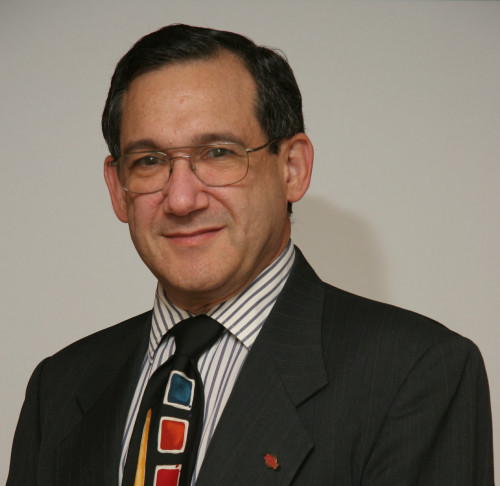
Author: S. Merrill Weiss
Published 1st February 2014



